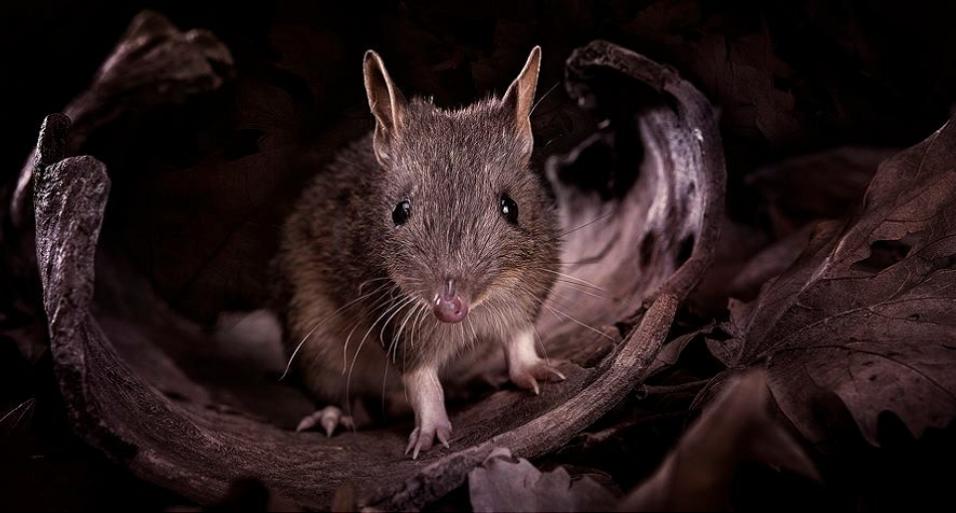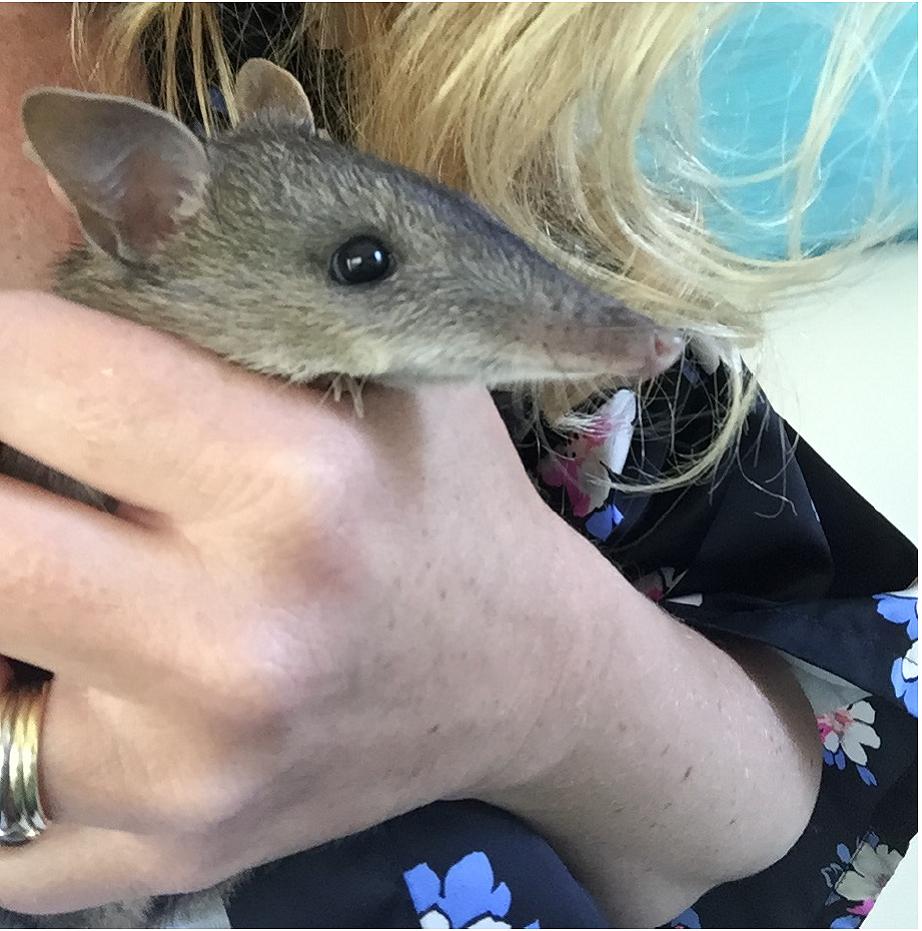Bandicoots: Friends or Foes?
When someone mentions the word ‘bandicoot’ what do you think of?
Chances are, if you have been influenced by recent media articles, you will think of them as little parasite-carrying critters that dig giant craters in your lawn and drop ticks all over your pets while you sleep…!
But these poor little guys are getting a bad rap - and totally unfairly.
___________________
Bandicoots, like many other marsupials of Australia, have undergone several species extinctions since European settlement due to habitat loss and the introduction of predators (foxes, dogs and cats). Of the estimated 12 species of bandicoot in Australia, approximately half are now extinct, or threatened.
Once prevalent in the backyards of Sydney suburbs, long-nosed bandicoots have been almost decimated. Now, the northern beaches area is one of the last remaining strongholds for these little marsupials in the Sydney region.

Bandicoots and ticks
The story about their being primary hosts for ticks supposedly originated from a small quantity of papers presented in the 50s and 60s. More recent studies by researchers have proven that they are no more likely to host the parasites than you, me, your cat, my dog or any other animal.
This is an excerpt from an article in Australian Zoologist: 2015 Vol. 37, No. 3, pp. 288 293,by HW Lydecker, E Stanfield, N Lo, DF Hochuli, and PB Banks (2015)
Are urban bandicoots solely to blame for tick concerns?
“The paralysis tick Ixodes holocyclus bites humans, companion animals, and livestock in eastern Australia leading to symptoms that range between negligible and severe.
Bandicoots (Family Peramelidae) are commonly cited as the “primary host” of I. holocyclus in the media and blamed for outbreaks of ticks and disease fears, creating conflicts between conservation and tick management. We discuss how evidence for bandicoots being essential to the I. holocyclus life cycle has originated from a small number of papers that were limited in scope. False assumptions of host-specificity have contributed to the extrapolation of studies in one ecosystem, yet no study has sampled the full range of hosts of I. holocyclus to understand the relative role of each species across the entire range of I. holocyclus in relation to health threats. Bandicoots are one of many potential tick hosts but cannot yet be considered the “primary host” of I. holocyclus. Researchers and media should refrain from highlighting bandicoots as the main I. holocyclus host without mentioning caveats, and work towards gaining a better understanding of tick-host interactions across the range of I. holocyclus in order to better understand and mitigate public health risks.”
Basically any land-based creature acts as a host for ticks. The fact that ticks love to live in longish grasses, dense scrub and lantana brambles is rather unfortunate for bandicoots, as it is their favourite habitat, too. Humans tend to associate bandicoots with ticks because when we walk through areas where they live, or allow our pets to venture into their favourite habitat, we come out covered in ticks. They cannot be blamed for the spread of ticks just because they often share the same habitat.
It is interesting to note, however, that there are a large number of ticks present on Scotland Island but there are no bandicoots on the island - and never have been.
Bandicoots have a relatively small home-range and are territorial so are not prone to wandering far and wide. Animals such as foxes, feral cats, domesticated animals and humans tend to wander long distances and are, therefore, more likely to be responsible for spreading ticks from place to place.
Tick populations increase in response to weather, climate conditions and where fire has been absent from an ecosystem for extended periods of time.
The Benefits of having bandicoots in your garden:
If you have bandicoots in your garden, consider yourself to be lucky!
Bandicoots are known to dig small conical holes in lawns and garden beds. But instead of being cranky about it, you need to realise that they are ridding your grass of nasty curl grubs (that cause die-back in lawns) and insects that may be destroying your plants.
They are also providing a free aeration service!
Best of all - they eat spiders - including the venomous Sydney funnel web spider! They also seek out insect larvae and other pests as well as tubers and fungi.
Bandicoots are an important part of our ecosystem. Without them, the health of our bushland is vulnerable. They carry beneficial fungi and bacteria around on their bodies which can act as antibiotics for plants, promote plant growth and assist seed germination.
Bandicoots also assist in stimulating natural regeneration by disturbing the soil which acts as a trigger for the regeneration of plants. Our bushland needs native fauna to continue to have a viable future!

Reproduction:
Being a marsupial, the females have a pouch and give birth after a very short gestation period of around twelve days. They attach to one of the mum’s teats and suckle until they are ready to emerge. The long-nosed bandicoot usually has two to three joeys. After 50 - 60 days the young are independent adults and can breed before they are six months old.
Living harmoniously with these quiet neighbours:
If conical holes appear in your lawn, just fill them in with some soil and know that
bandicoots have performed a service for you.
Keep your pets indoors at night-time so that they will not injure these little garden-helpers.
If you happen upon an injured bandicoot, call Sydney Wildlife on 9413 4300.

Baby bandicoot - cat victim.